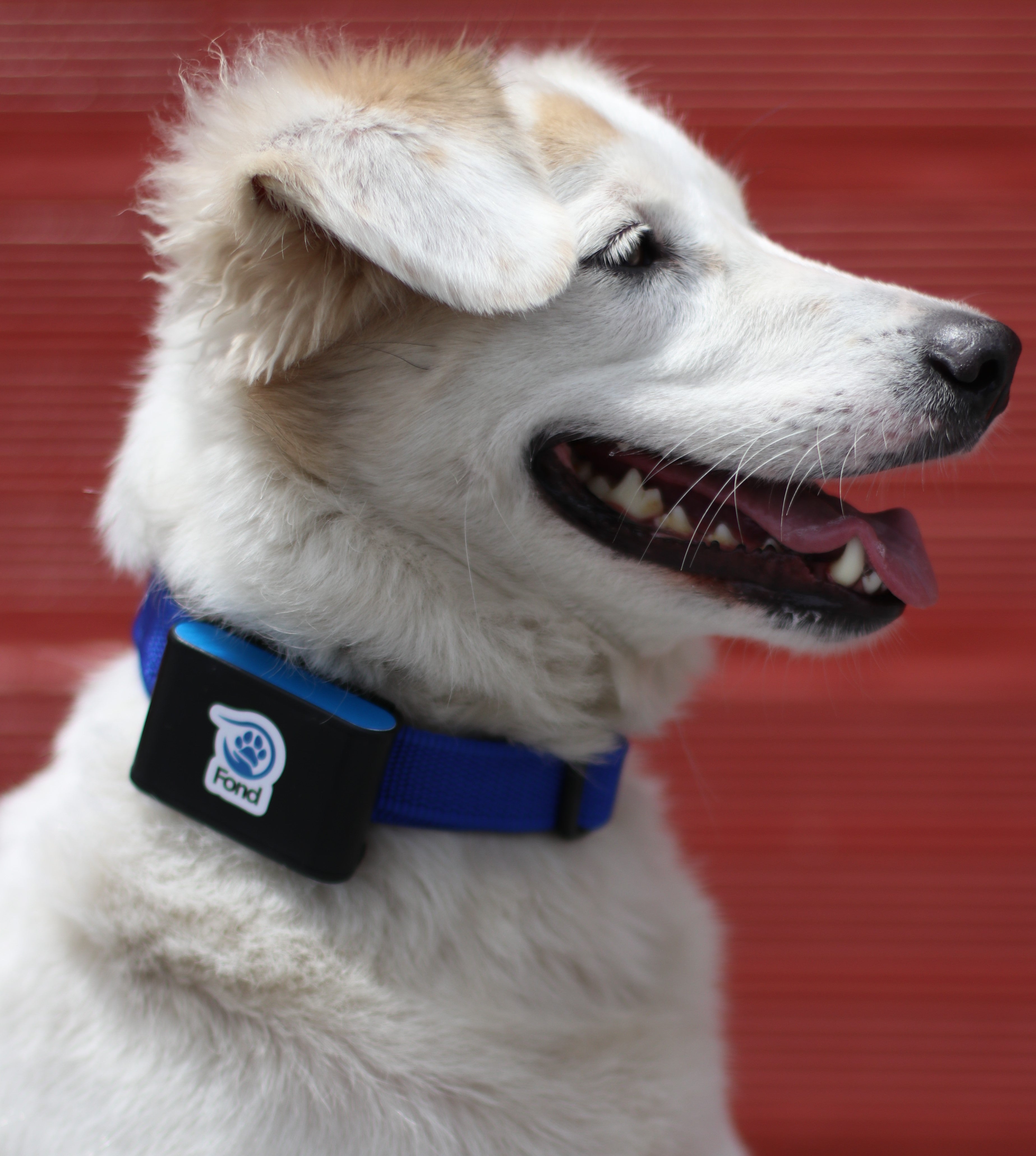
Decoding The DO’S And DON'TS Of A Dog's Diet:

In an ideal world, doggy dining would be a straightforward affair—every canine cuisine a masterpiece of equal merit. But the reality is far from a culinary utopia for our furry companions. Instead, pet parents find themselves navigating a labyrinth of choices, each dog food brand claiming the title of top-tier kibble. The challenge? Unraveling this gastronomic puzzle to discover a blend that not only nourishes your furry friend but also strikes the perfect balance between health, affordability, and palatability. So, in this post, we will decode the “what”, “when” and “how much” of the doggy diet.
The best dog food focuses on top-notch ingredients to ensure easy digestion. It avoids harmful preservatives and chemicals, opting for a more natural processing approach. Optimal choices include treats that are human-grade, vegetarian, and enriched with essential nutrients such as high-grade protein and calcium.
So, What can you feed your dogs?
Dogs love peeking up at the dining table and putting their olfactory talents to use. However adorable they may look, giving your dog table scraps can cause diarrhea and pancreatitis, as well as weight gain. Ask your vet how much you can offer your dog from the table. As a general rule, don't give them more than two tiny treats every day. That being said, here are a few foods that receive a nod from any vet:
- Chicken: When prepared and served correctly, chicken is a typically healthy protein source for dogs. It contains lean protein, vital amino acids, and nutrients such as phosphorus and B vitamins. To prevent potential health risks, however, it is critical to give dogs plain, cooked chicken without bones or flavour.
- Vegetables like carrots, cucumbers and green beans: In addition to being a great source of fiber, these are also attributed to being a low- calorie snack for your fuzzy buds. They also provide calcium, iron and vitamin K in surplus to their diet.
- Fruits like Apples. Blueberries and watermelons: Apart from enriching your dogs with antioxidants, they also keep them hydrated, improve their overall gastro-digestive system and add a dash of freshness to their diets. Bananas are high in magnesium and contribute incredibly to their bone health, but owing to their high sugar contents, they should be limited to being an occasional treat.
- Cooked seafood choices: Salmon, tuna and shrimp make an excellent source of proteins and omega-3 fatty acids.
- Cooked white rice : When given in the right amounts, this proves to be the safest and healthiest options for any pet parents. It helps in stool binding and simply fills your pet’s bellies with goodness.
The big no no’s -
Some foods that seem harmless to us humans may turn out to be evil culprits that ruin your dog’s health.
- Chocolates: Yes, the humble chocolate is toxic to dogs. Chocolate includes theobromine and dogs metabolise these chemicals at a considerably slower rate than humans, rendering them more prone to poisoning. Chocolate consumption can produce symptoms such as vomiting, diarrhea, elevated heart rate, restlessness, and, in severe cases, seizures or even death. Dogs can have chocolate treats, but these contain an alternative chocolate that is safe for them to consume.
- Coffee/Caffeine : Our furballs don’t need that kick of energy at the expense of their nervous system. Caffeine poisoning in dogs can occur from ingesting even tiny amounts of coffee or other caffeinated goods.
- Raisins and grapes: Numerous studies have shown that these foods cause acute kidney failure in your doggos. Refrain from giving them anything that contains these like fruit cakes and cookies.
- Citrus fruits: Citrus plants and their fruits, like oranges and lemons, contain citric acid. While some dogs may tolerate small amounts of peeled fruit, others may experience stomach upset. In larger quantities, citric acid can potentially result in nervous system depression.
- Onions, Garlic and Chives: These are the Satan of the dog world and can lead to vomiting, anemia, jaundice and stubborn stomach issues.
In wrapping up, it's clear that the key to our furry friends' well-being lies in simple yet mindful meal practices. Whether opting for once or twice a day, or spreading it into smaller portions, moderation is the guiding note. Remember to keep post-meal play low-key to avoid potential tummy troubles. And, of course, ensure a constant flow of fresh water for their health's encore.
Here's to the harmony of good doggy dining – may your pups relish every bite with tails wagging.

